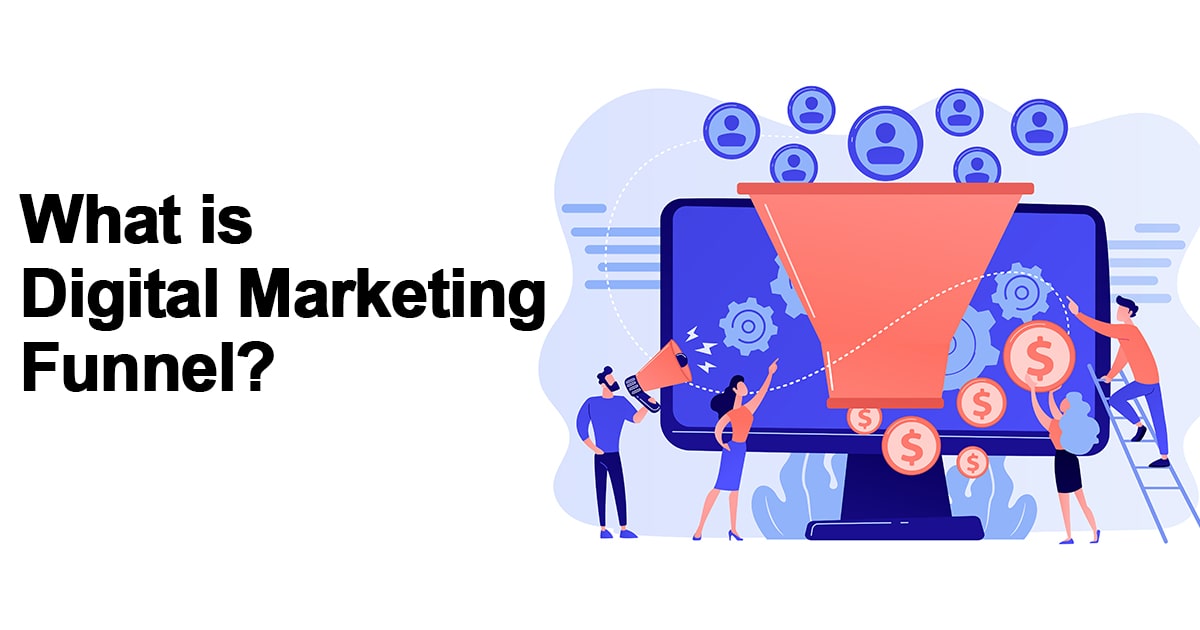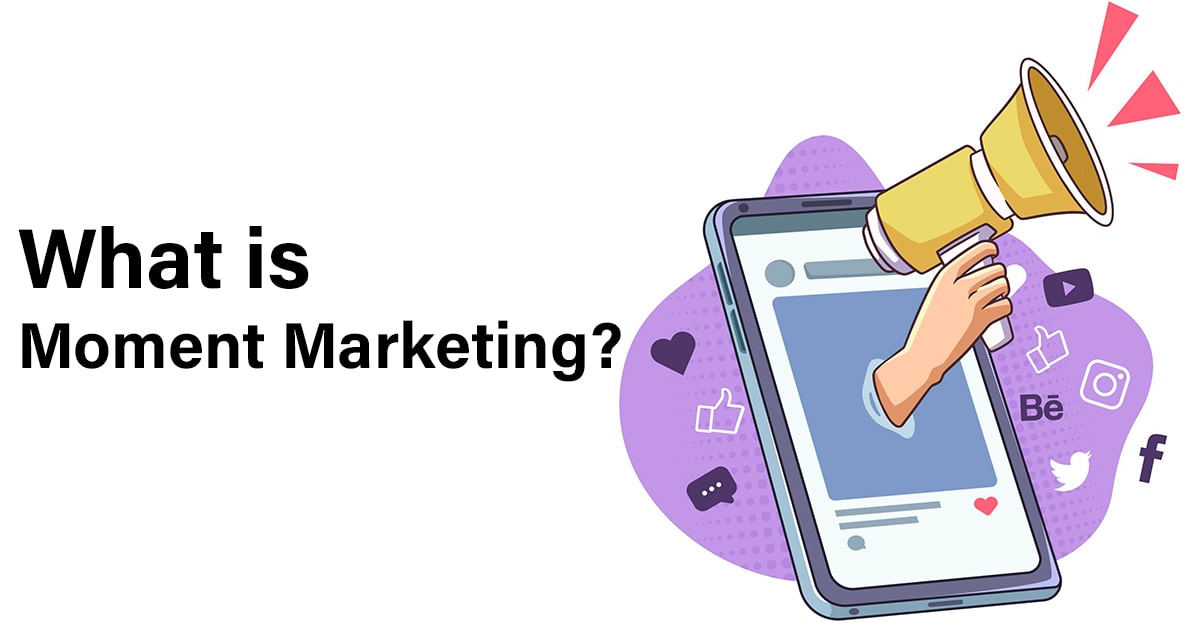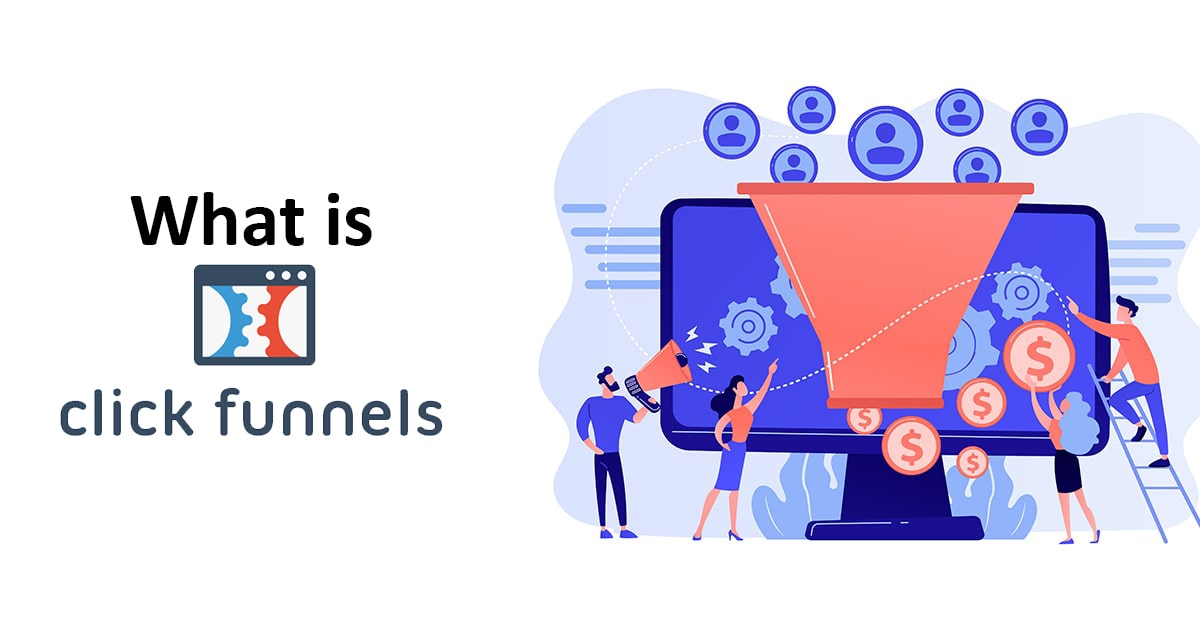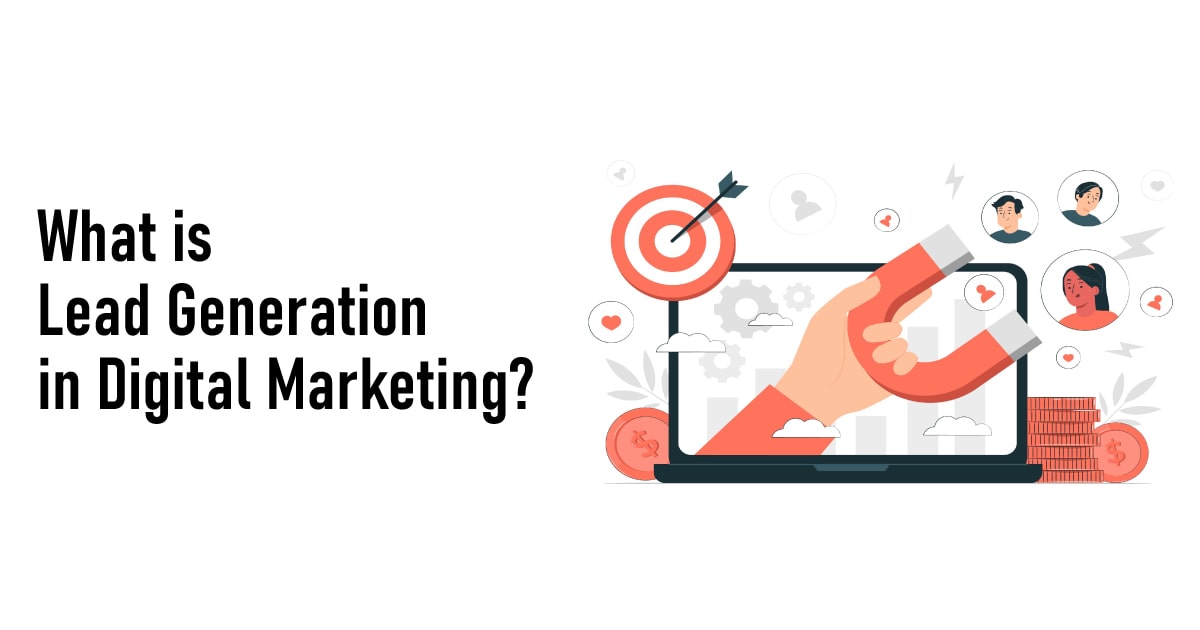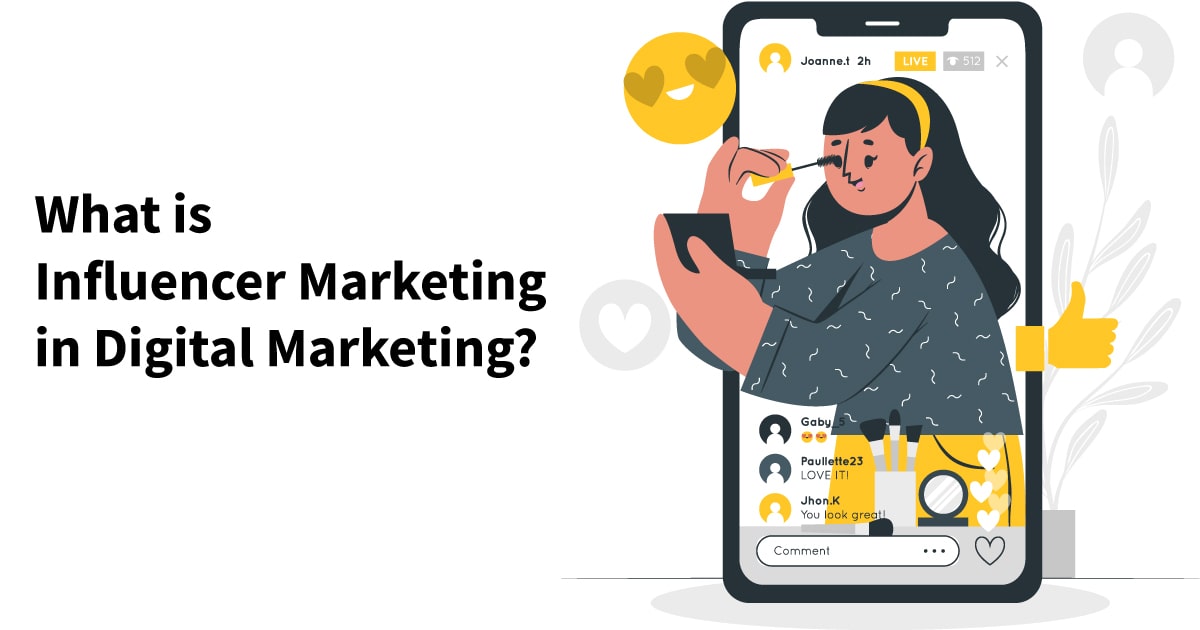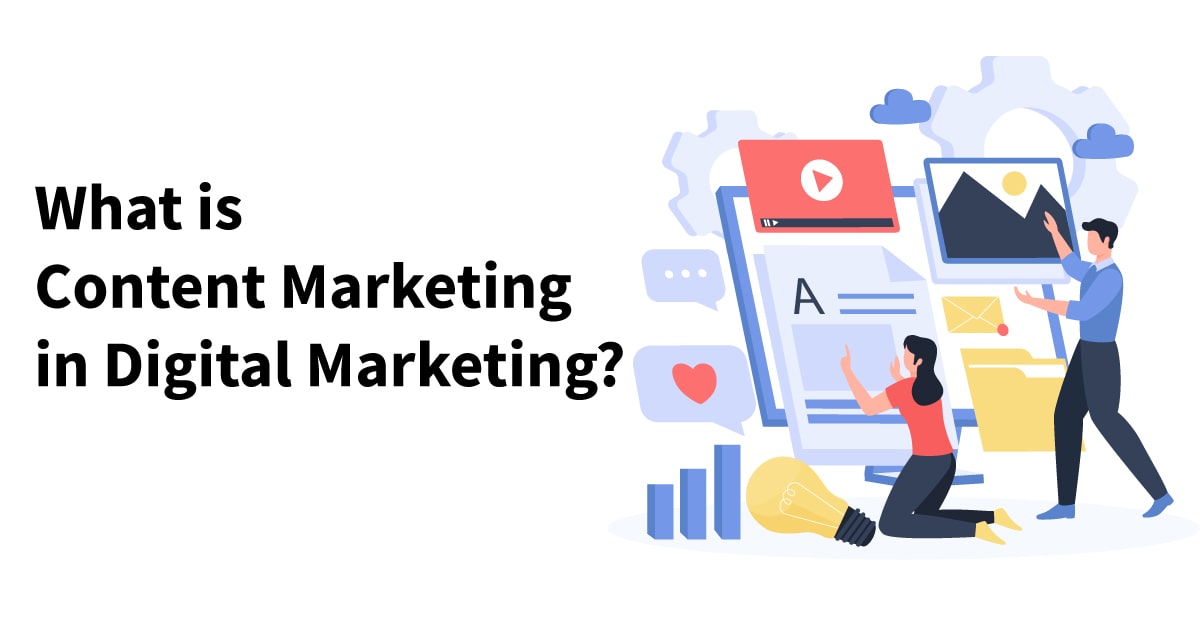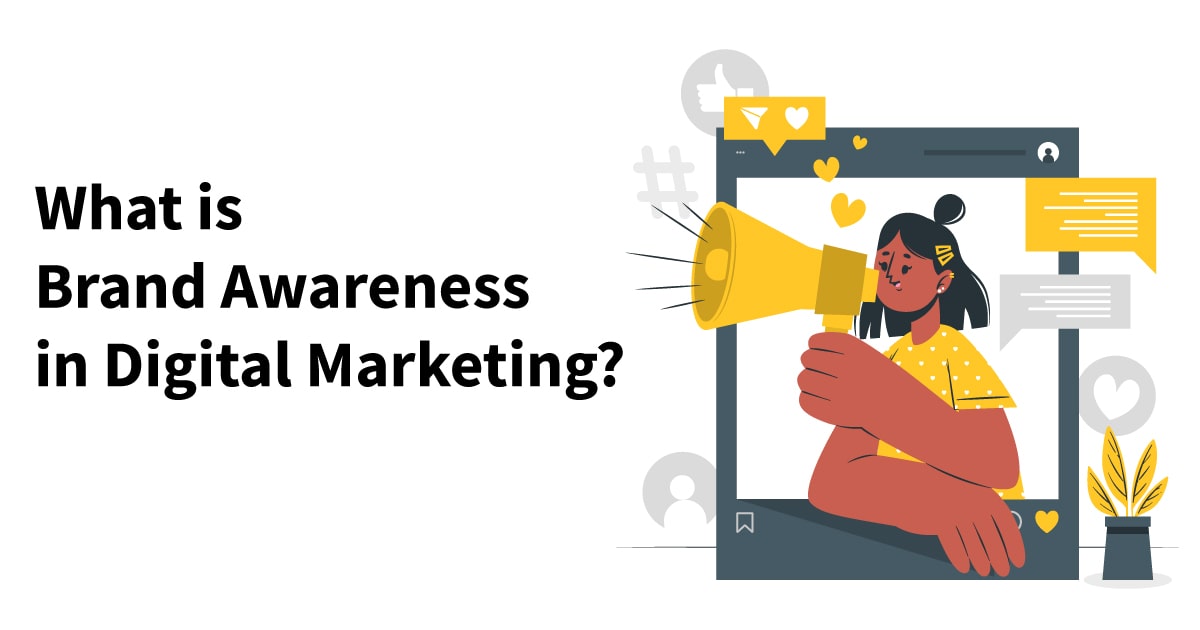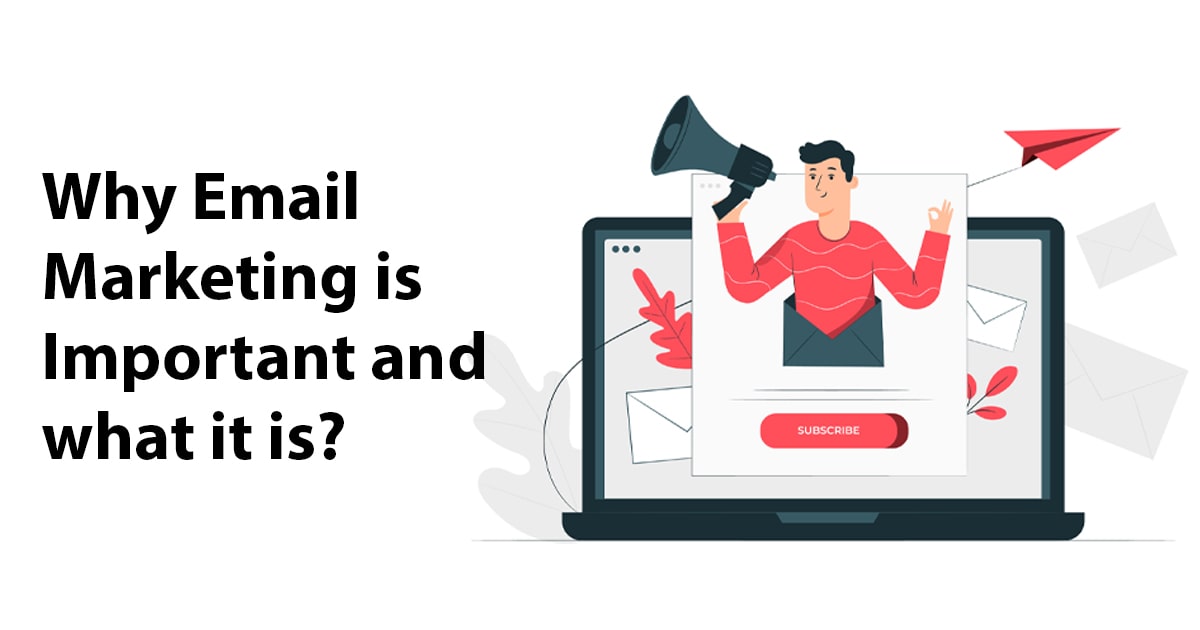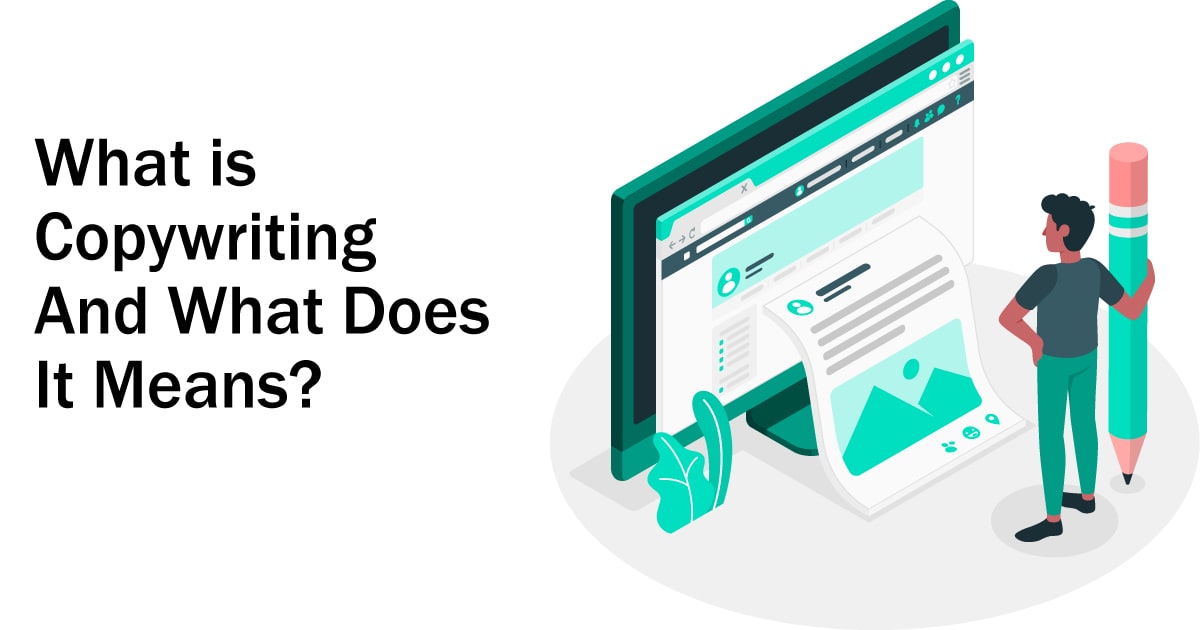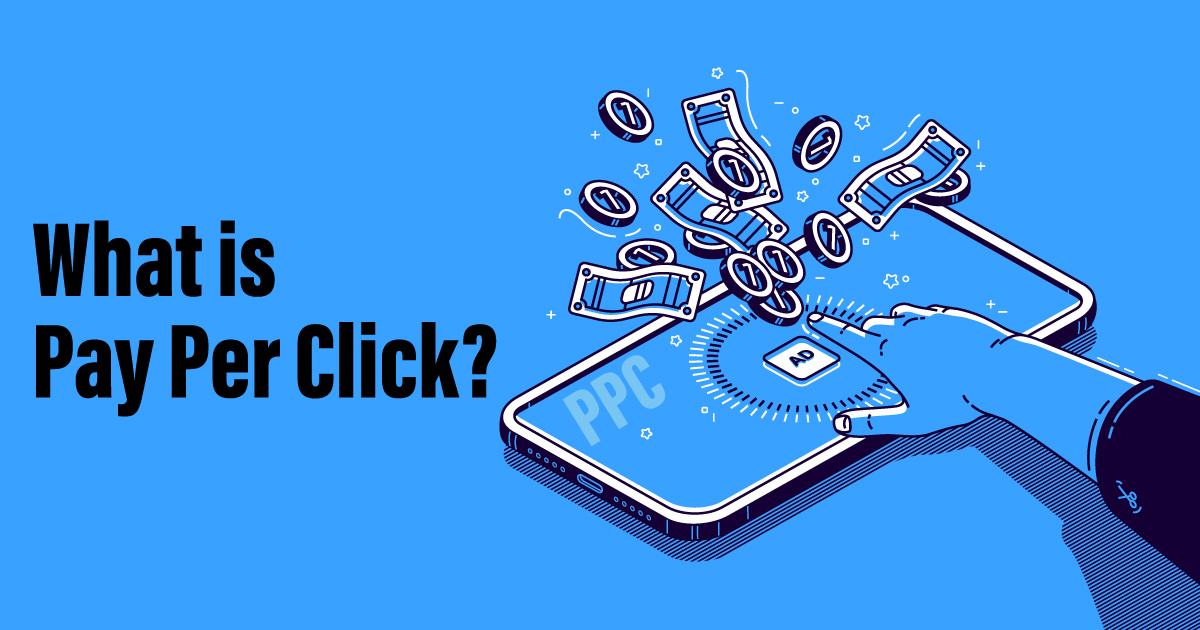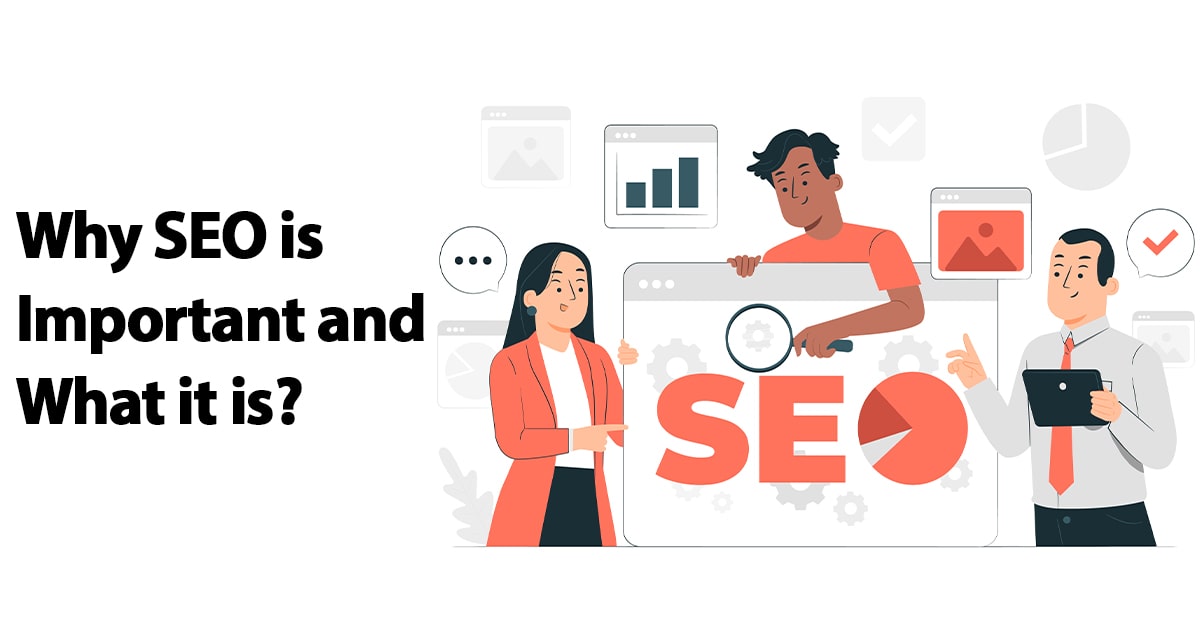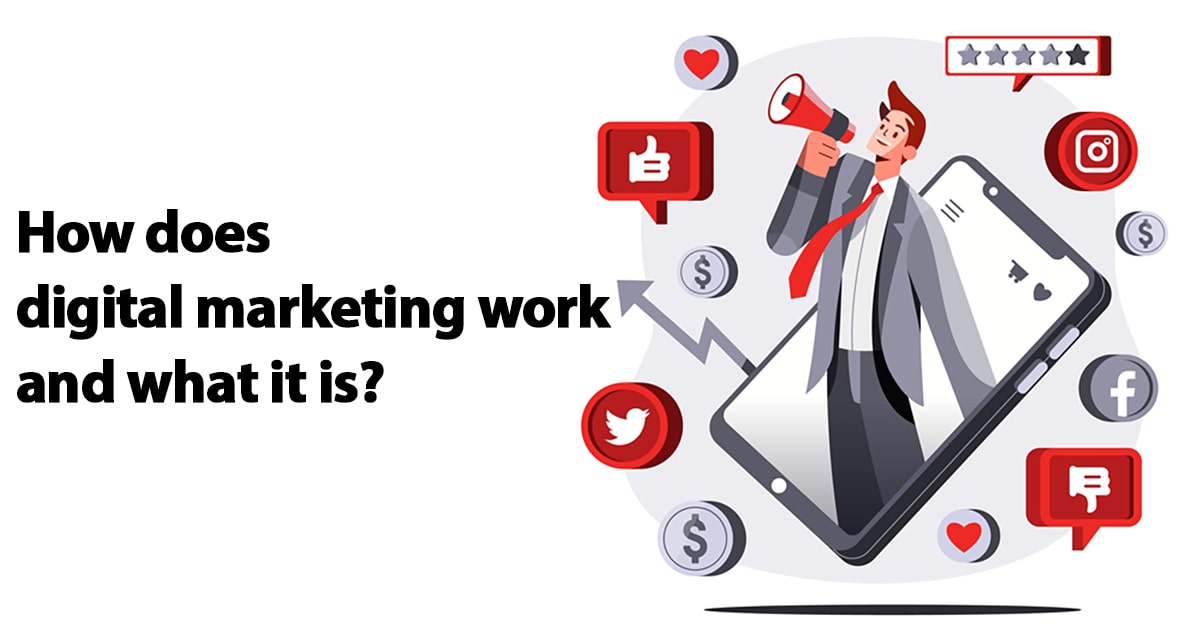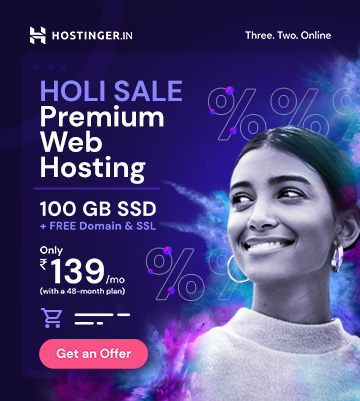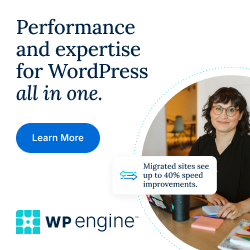The digital marketing funnel is a system that helps you turn strangers into leads, leads into customers, and customers into repeat buyers. The goal of the digital marketing funnel is to move people through each stage of the funnel, until they eventually make a purchase.
The digital marketing funnel works by nurturing leads through each stage of the buyer’s journey, so that by the time they are ready to buy, they have already been warmed up to your product or service.
If you want to learn more about how the digital marketing funnel works, and how you can use it to grow your business, read on.
Different Stages of a Digital Marketing Funnel
The digital marketing funnel is a process that businesses use to identify and target customers. There are four main stages in the digital marketing funnel: awareness, interest, consideration, and purchase.
Let's start with the first one:
- Awareness: The first stage of the digital marketing funnel is awareness. In this stage, businesses need to make potential customers aware of their product or service.
This can be done through various marketing channels such as paid advertising, content marketing, social media marketing, and email marketing. - Interest: Once potential customers are aware of a business’s product or service, they will start to develop an interest in it. In this stage, businesses need to provide more information about their product or service and build trust with potential customers.
This can be done through blog posts, case studies, video content, and free trials. - Consideration: In the consideration stage, potential customers are evaluating whether or not a business’s product or service is right for them. In this stage, businesses need to provide even more information about their product or service and show how it can benefit potential customers. This can be done through free consultations, webinars, and demo videos. It’s important to provide clear and concise information about your product or service, as well as any relevant offers or discounts.
- Purchase/Action: This is the final stage of the funnel where customers take action and make a purchase. In this stage, potential customers become paying customers and purchase a business’s product or service.
Benefits of a Digital Marketing Funnel
The digital marketing funnel is an essential tool for any business looking to market their products or services online. By creating a funnel, businesses can effectively guide their potential customers through the purchase process, from awareness to conversion.
There are numerous benefits of using a digital marketing funnel, including:
- Increased Clarity and Focus: By mapping out the customer journey, businesses can gain a better understanding of where their potential customers are at in the purchase process and what needs to be done to convert them. This clarity allows businesses to focus their efforts on the most effective marketing activities.
- Improve ROI: By tracking the performance of each stage of the funnel, businesses can ensure that their marketing budget is being spent in the most effective way possible. This data-driven approach leads to improved ROI and better results overall.
- Greater Customer Insights: Funnels provide valuable data about customers, such as what led them to your website and what interests them most. This insight can be used to improve your marketing strategy and attract more qualified leads.
How a digital marketing funnel helps you to take your business to the next level
A digital marketing funnel is an important thing for taking your business to the next level. By providing a clear path for customers to follow, you can increase leads and conversions while also reducing costs.
Here are few points below to
- Build your email list: When we are using funnel to grow online business then we have to do that of lead magnet to get the leads. The meaning of lead magnet is to give something related to your product to people for free or at a low price. In return, people give their data and our email list gets built, which we can take advantage of throughout our life.
- Keeps your pipeline full: Our pipeline will always be full because when we have data about people, we can continuously nurture them and convert them into customers.
- Increase average order value: If we design our funnel well and pitch upsells and downsells products to people in it, there are high chances that people who came to spend $100 will make a purchase of up to $150 by the time they reach the checkout page. The biggest advantage of funnels is that we take the customer through a process that makes the customer spend more money and the average order value is automatically increases .
- Increase Revenue and Profits: An increase in AOV increases cash flow to the business, allowing more money to be spent on marketing and generating more leads. thereby generating more revenue and more profit.
How to create a digital marketing funnel
There are lot of things to keep in mind before starting the work on a digital marketing funnel. Let's focus on some imporatant things:
- Ideal Customer Avatar - ICA: To start selling a product and before building a funnel, we need to focus on our ideal customer avatar. We need to think about and create the avatar of our ideal customer. We have to write on a paper that our product is going to be an actual customer.
We have to create an avatar of that customer and what is his name, where is he from, what is his age, what business does he do.
The product you have made, you have to see for whom that product is going to be useful, what kind of person needs your product. Just keeping this in mind, you have to create such a virtual avatar in your mind that will buy your product in the future. - Copywriting: After creating your Ideal Customer Avatar - ICA, now it's time for copywriting, now you have to start writing sales page copies and ad copies. But remember one thing, you have to write your sales copy only keeping in mind your ICA and not for other people.
- Ready your product: You need to write down your each and every single feature of your product so can diversify your product and divide it into the multiple upsells and downsells and setup the flow of the funnel. When you do this exercise you can easily tag a genuine price to your product.
- Designing: Till now you have planned the funnel but now it is time to design it. Now you have to design sales pages, landing pages and checkout pages so that users can visit your page and purchase the product. To do this you need some advanced softwares, which we have mentioned below.
- Traffic: After setting everything, It's time to shoutot. Now you need the traffic and leads so that you can generate the revenue. For this, you can take the help of blog posts, organic social media and paid advertising.
List of Best Funnel Builder Softwares in the market
Funnels are an important part of digital marketing. They help businesses to track and optimize their marketing efforts, and ultimately increase sales. There are a number of different funnel builder softwares available on the market, and choosing the right one can be difficult. To help you make the best decision for your business, we’ve compiled a list of the best funnel builder softwares in the market.
| #1. ClickFunnels - Advanced Funnel Builder | Go to official website |
|---|---|
| #2. FlexiFunnels - Advanced Funnel Builder | Go to official website |
| #3. Systeme.io | Go to official website |
- ClickFunnels: ClickFunnels is a popular funnel builder software that helps businesses create sales funnels that convert. It offers a variety of features, including templates, landing pages, email integrations, and more.
- FlexiFunnels: FlexiFunnels is another popular funnel builder software that helps businesses create high-converting sales funnels. It offers a drag-and-drop interface, pre-built templates, and powerful integrations.
You can Build Websites, Sales Funnels & Courses Without Coding. From Grabbing Visitors' Attention To Converting Them Into Leads And Sales… You Can Do It All From One Single FlexiFunnels Dashboard!! - Systeme.io: Systeme.io is a powerful funnel builder that also offers features for building sales funnels. It includes features such as email marketing, real-time analytics, and dynamic content personalization.


